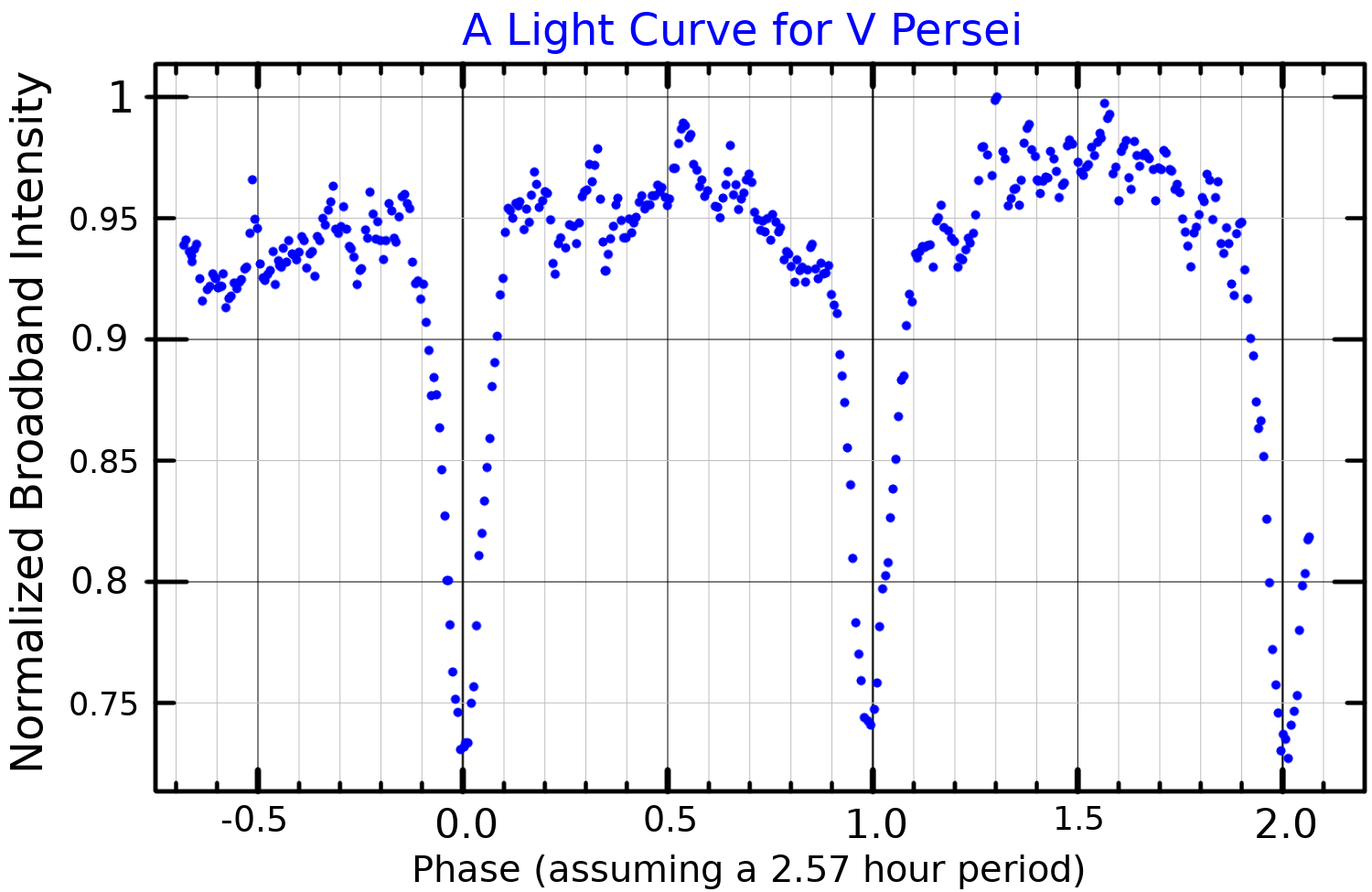V Persei on:
[Wikipedia]
[Google]
[Amazon]
V Persei, also known as Nova Persei 1887 was discovered by  All novae are binary stars, with a "donor" star orbiting so close to a
All novae are binary stars, with a "donor" star orbiting so close to a
Williamina Fleming
(15 May 1857 – 21 May 1911) was a Scottish-American astronomer. She was a single mother, hired by the director of the Harvard College Observatory to help in the photographic classification of stellar spectra. She helped develop a common d ...
on a Harvard College Observatory
The Harvard College Observatory (HCO) is an institution managing a complex of buildings and multiple instruments used for astronomical research by the Harvard University Department of Astronomy. It is located in Cambridge, Massachusetts, United St ...
objective-prism photograph taken on 3 November 1887. It is believed to be the first nova
A nova (plural novae or novas) is a transient astronomical event that causes the sudden appearance of a bright, apparently "new" star (hence the name "nova", which is Latin for "new") that slowly fades over weeks or months. Causes of the dramati ...
whose spectrum was recorded. The nova had an apparent magnitude
Apparent magnitude () is a measure of the brightness of a star or other astronomical object observed from Earth. An object's apparent magnitude depends on its intrinsic luminosity, its distance from Earth, and any extinction of the object's li ...
of 9.2 at the time of discovery. Judging from the consistency of the nova's brightness after discovery, and details of the spectral lines seen, McLaughlin estimated that the nova was five or six months past peak brightness at the time of its discovery, and at its peak it was almost certainly at least as bright as 4th magnitude. So V Persei was probably visible to the naked eye, though there is no record that anyone actually noticed it when that was possible. It is currently an 18th magnitude object.
 All novae are binary stars, with a "donor" star orbiting so close to a
All novae are binary stars, with a "donor" star orbiting so close to a white dwarf
A white dwarf is a stellar core remnant composed mostly of electron-degenerate matter. A white dwarf is very dense: its mass is comparable to the Sun's, while its volume is comparable to the Earth's. A white dwarf's faint luminosity comes fro ...
companion that matter is transferred from the donor to the white dwarf. Because the stars are so close together, novae are often eclipsing binaries
A binary star is a system of two stars that are gravitationally bound to and in orbit around each other. Binary stars in the night sky that are seen as a single object to the naked eye are often resolved using a telescope as separate stars, in wh ...
, and V Persei shows such eclipses. That allows the orbital period, 2.57 hours, to be measured easily. The peak-to-peak brightness variation during the eclipse cycle is about 0.5 magnitudes. Classical novae, like V Persei, are a type of cataclysmic variable star
In astronomy, cataclysmic variable stars (CVs) are stars which irregularly increase in brightness by a large factor, then drop back down to a quiescent state. They were initially called novae (), since ones with an outburst brightness visible to ...
(CV) and the orbital periods of CVs have a bimodal distribution
In statistics, a multimodal distribution is a probability distribution with more than one mode. These appear as distinct peaks (local maxima) in the probability density function, as shown in Figures 1 and 2. Categorical, continuous, and dis ...
with peaks around 1.4 and 10 hours. Few CVs have orbital periods between 2 and 3 hours. Because of this, V Persei's 2.57 hour period makes it a useful object for constraining models of CV evolution.
In 1997 the William Herschel Telescope
The William Herschel Telescope (WHT) is a optical/near-infrared reflecting telescope located at the Roque de los Muchachos Observatory on the island of La Palma in the Canary Islands, Spain. The telescope, which is named after William Herschel, ...
was used to search for a resolved shell surrounding V Persei, but none was found.
References
{{DEFAULTSORT:V Persei Perseus 1887, Nova Perseus (constellation) Perseus, V